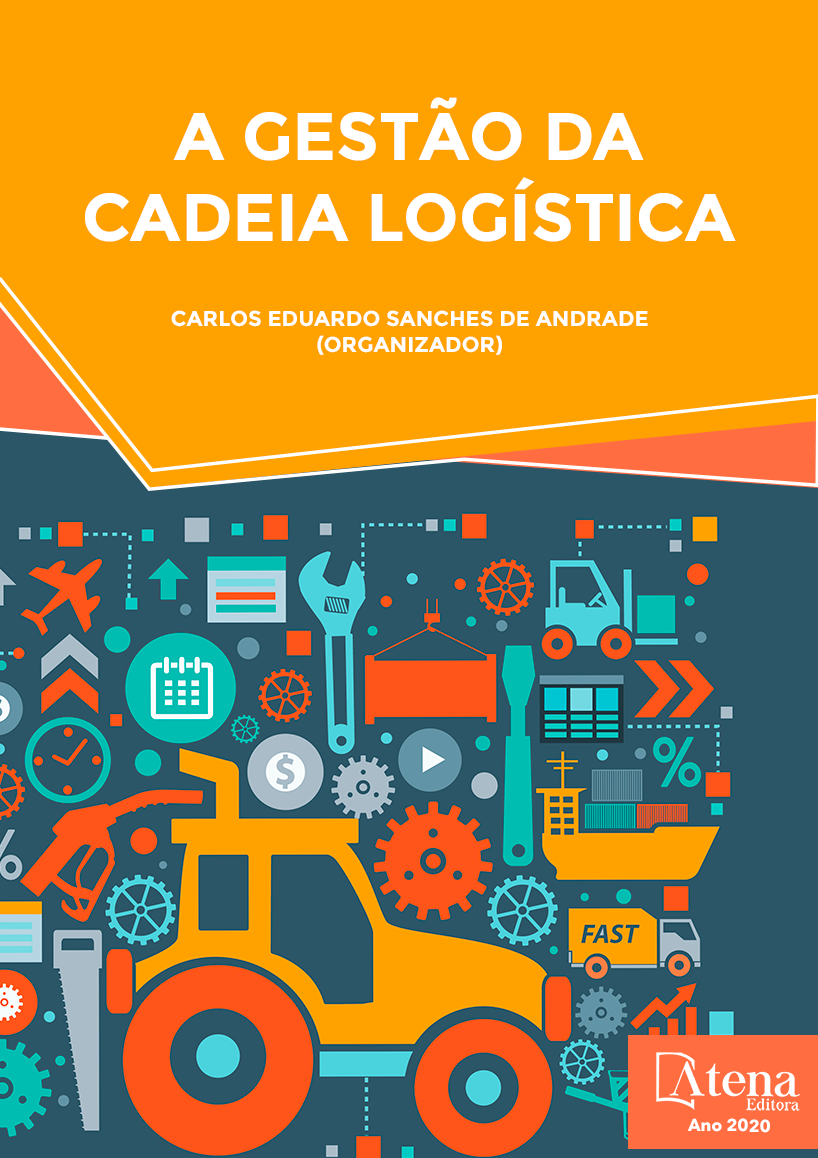
MAPEAMENTO DE UMA CADEIA DE SUPRIMENTOS REVERSA DE RESÍDUOS SÓLIDOS DA CONSTRUÇÃO CIVIL
Atualmente nos centros urbanos necessitam de uma política sustentável, envolvendo o setor público e privado, para solucionar a questão dos RSCC. Devido ao impacto prejudicial a economia, sociedade e o meio ambiente, foi realizado um estudo para mapear a cadeia reversa dos RCC (resíduos sólidos da construção civil) a partir de um ecoponto até o centro de triagem e aterro de resíduos inertes. Mediante de uma pesquisa exploratória, bibliográfica, documental, constituída de um estudo de caso, desse modo viabilizando reunir dados qualitativos e quantitativos. Após a identificação da origem dos RSCC, que chegam ao ecoponto estudado, sendo transportado do ecoponto para o centro de triagem, foi possível quantificar aproximadamente 10% dos resíduos que são reciclados e retornam ao mercado. Os 90% restante é processada para redução de volume e depositada no aterro de resíduos inertes para serem utilizados futuramente. Também foi detectado a necessidade de uma melhor integração entre a rede dos ecopontos com a das ATT’s (áreas de triagem e transbordo) utilizando os conceitos de logística reversa e logística verde, investimentos e incentivos fiscais do governo para aumentar o valor agregado dos RSCC reciclados, ampliando sua utilização para a redução dos impactos ambientais em nosso planeta.
MAPEAMENTO DE UMA CADEIA DE SUPRIMENTOS REVERSA DE RESÍDUOS SÓLIDOS DA CONSTRUÇÃO CIVIL
-
DOI: 10.22533/at.ed.1192030304
-
Palavras-chave: Cadeia de suprimentos reversa; resíduos sólidos; construção civil
-
Keywords: Reverse supply chain; solid waste; construction
-
Abstract:
Currently in urban centres need a sustainable policy, involving the public and private sector, to solve the issue of RSCC. Due to the detrimental impact of the economy, society and the Environment, a study was carried out to map the reverse chain of the RCC (solid construction waste) from an ecopoint to the inert waste sorting and landfill center. By means of an exploratory, bibliographic, documentary research, consisting of a case study, thereby making it possible to gather qualitative and quantitative data. After the identification of the origin of the RSCC, which reach the studied ecopoint, being transported from the ecopoint to the screening centre, it was possible to quantify approximately 10% of the waste that is recycled and return to the market. The remaining 90% is processed for volume reduction and deposited in the landfill of inert waste to be used in the future. The need for better integration between the ecopoints network and the ATT's (areas of sorting and transhipment) was also detected using the concepts of reverse logistics and green logistics, investments and government tax incentives to increase the value Aggregate of recycled RSCC, expanding its use to reduce environmental impacts on our planet.
-
Número de páginas: 15
- Edson Silva de Oliveira
- Marta da Silva Araújo
- William Hideki Silva
- Eliacy Cavalcanti Lélis


